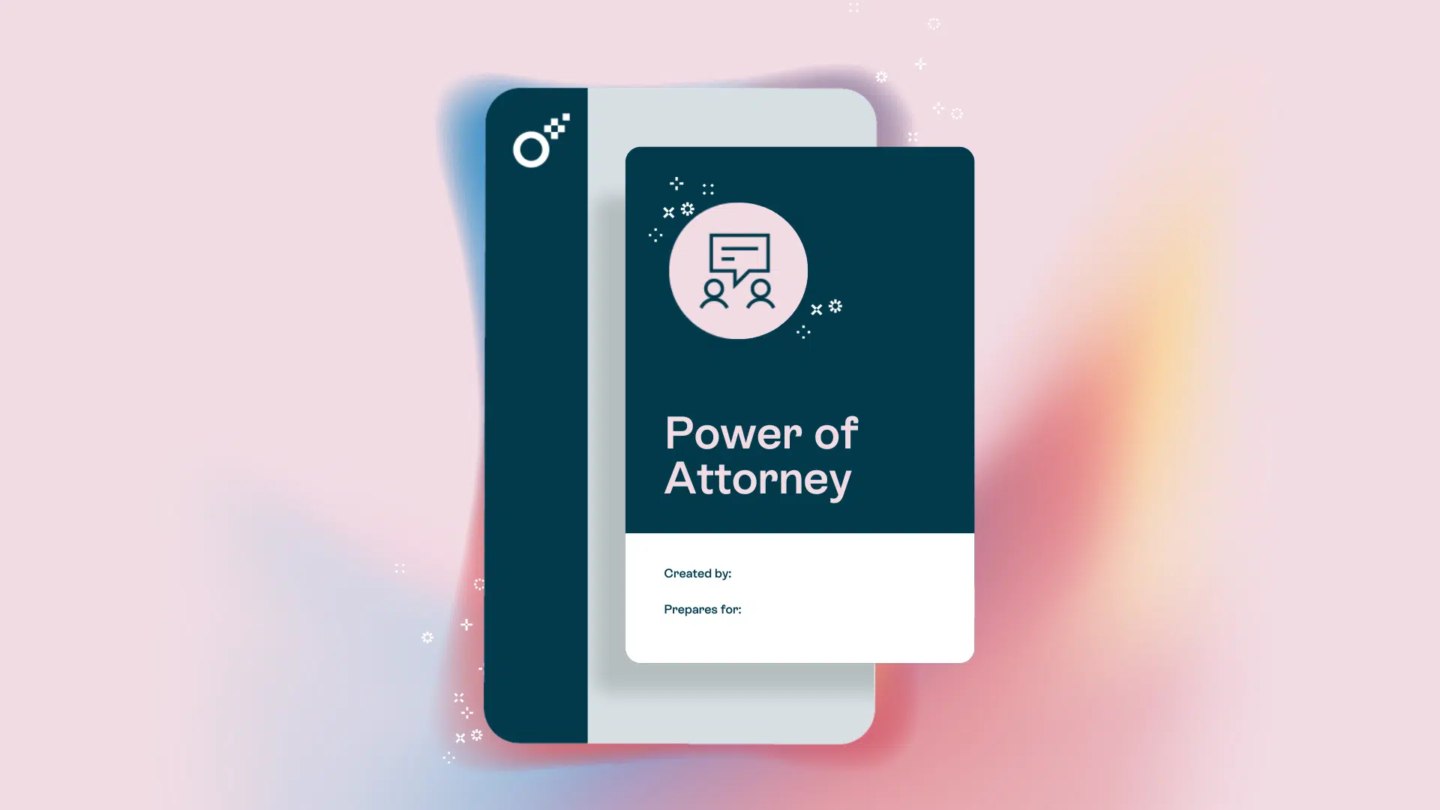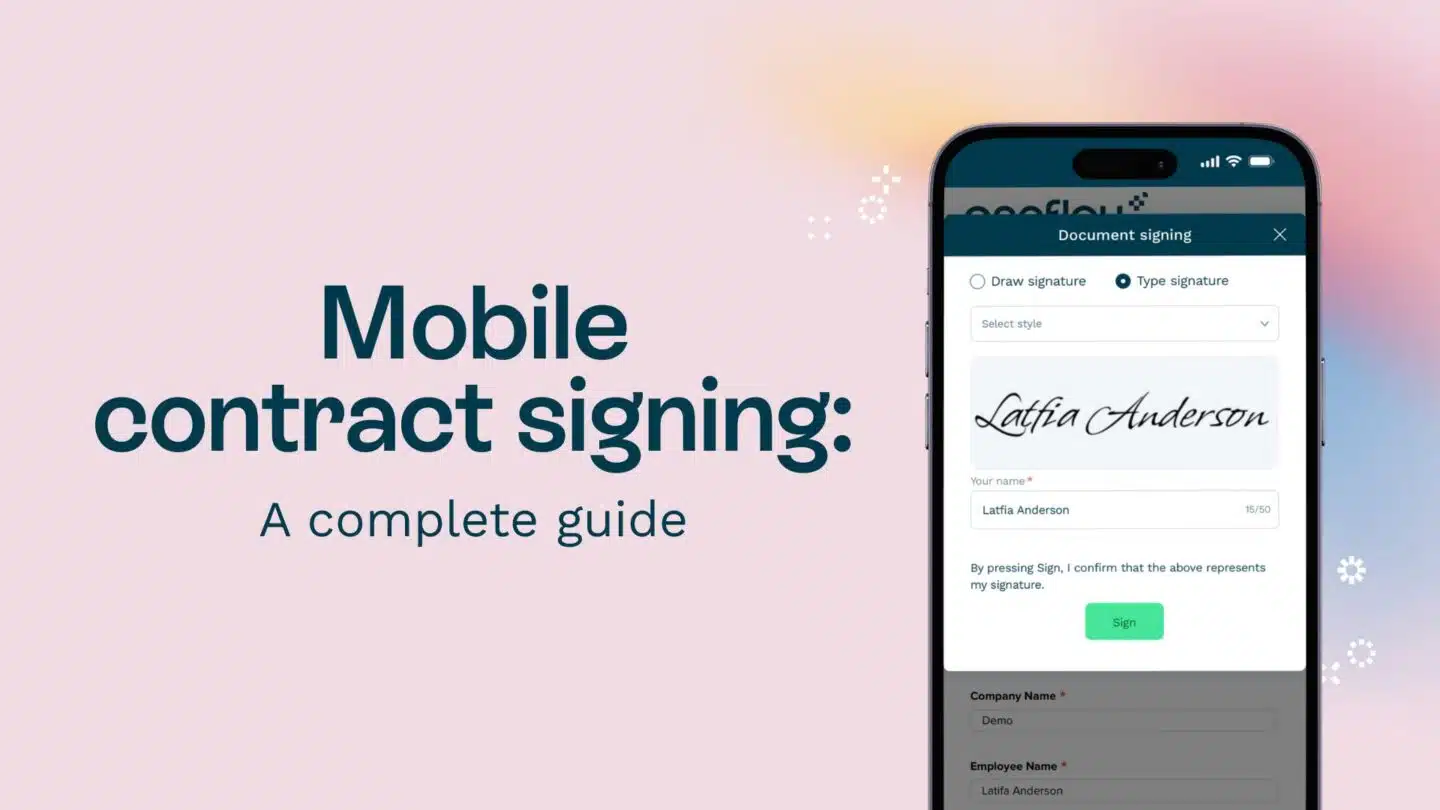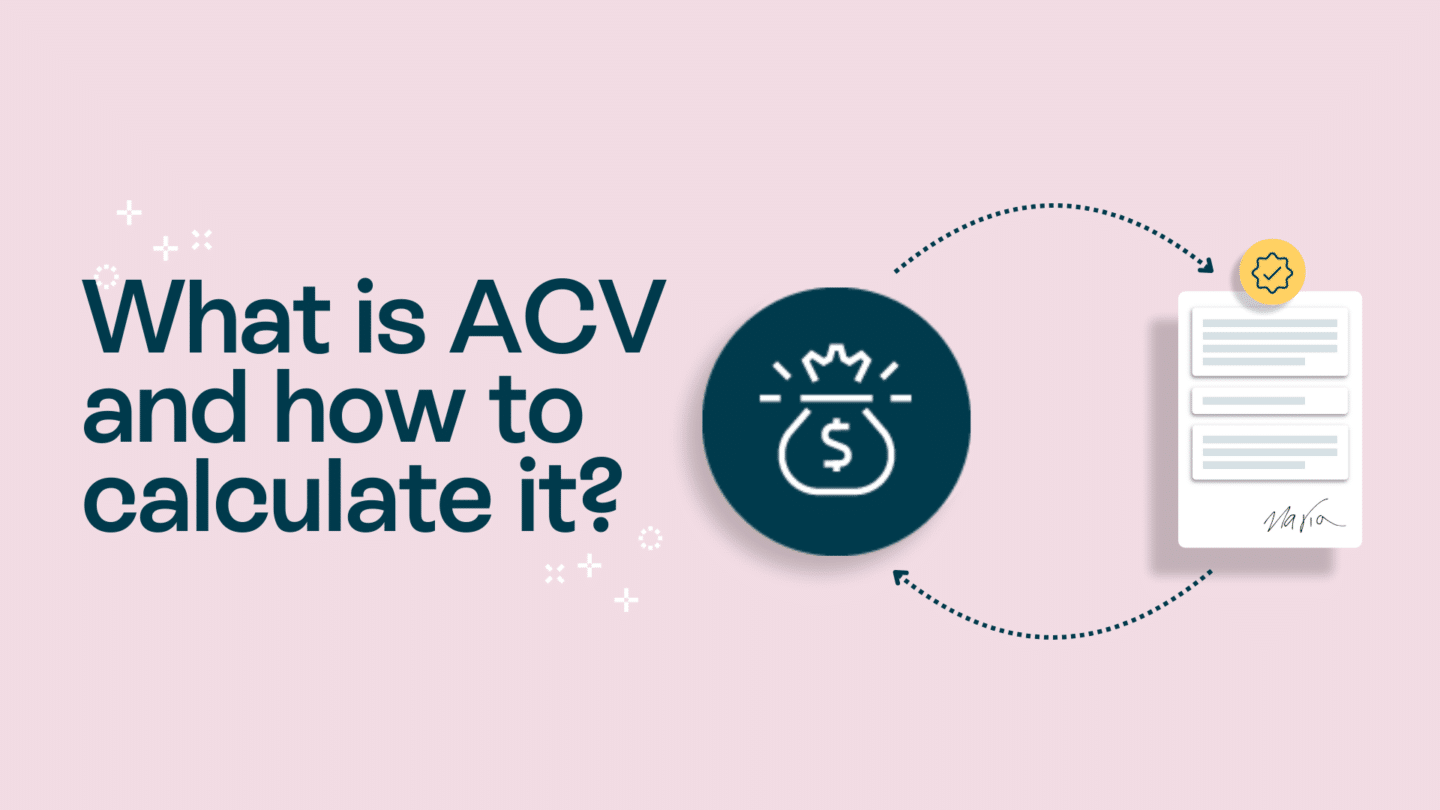Are you tired of lengthy sales cycles that seem to never end? Well, you’re not alone. Fortunately, there’s a solution to your problems that involves incorporating e-signatures into your sales process. In this article, we’ll dive into the key stages of the sales cycle and explain how e-signatures can revolutionise your workflow, all while maintaining legal authenticity. Let’s get started!
All about the sales cycle
What is the sales cycle?
The sales cycle is a strategic process that businesses use to turn prospects into customers. It involves a set of stages that lead to a sale, such as prospecting, lead generation, nurturing, and closing. Each stage of the sales cycle has its own specific purpose and actions that should be taken to ensure success.
For businesses to succeed in their sales efforts, it is essential to understand the sales cycle process and the steps involved in each stage. This understanding helps businesses to identify areas of improvement and make necessary adjustments to their sales strategies.
Read also: AI in B2B sales: Why it matters

What are the key stages of the sales cycle?
Knowing the stages of your sales cycle and how to navigate them is crucial to any company’s success. Here are the stages, briefly broken down:
- Prospecting: This stage involves finding potential customers who match your target audience using various methods, such as outbound emailing or cold-calling.
Prospecting is the first stage of the sales cycle, and it involves identifying potential customers who may be interested in your product or service. This stage is critical because it sets the foundation for the entire sales process. Without prospects, there can be no sales.
During this stage, businesses need to invest time and resources in identifying their target audience and crafting a message that resonates with them. The goal is to create a list of qualified leads that can be further nurtured in the sales process.
- Qualifying: In this stage, you’ll need to determine whether the prospect is a good fit for your product or service by identifying their needs and budget.
Qualifying is the stage where businesses assess whether a prospect is a good fit for their product or service. During this stage, businesses need to ask the right questions to understand the prospect’s needs, budget, and timeline.
Qualifying is essential because it helps businesses to prioritise their sales efforts and focus on prospects who are most likely to convert into customers. It also helps businesses to avoid wasting time and resources on prospects who are not a good fit.
- Presenting: Once you’ve identified a qualified prospect, you’ll need to make a convincing pitch that emphasises the value you can provide them.
Presenting is the stage where businesses showcase their product or service to the prospect. During this stage, businesses need to demonstrate how their product or service can solve the prospect’s problem or meet their needs.
Presenting is critical because it helps businesses to differentiate themselves from the competition and demonstrate their value proposition. Businesses need to ensure that their presentation is compelling and persuasive to convince the prospect to move forward in the sales process.
- Handling Objections: At this stage, you’ll respond to any perceived roadblocks or objections from the prospect.
Handling objections is the stage where businesses address any concerns or objections that the prospect may have. During this stage, businesses need to be prepared to answer questions and provide additional information to alleviate any doubts or concerns that the prospect may have.
Handling objections is critical because it helps businesses to build trust and credibility with the prospect. By addressing any concerns or objections, businesses can demonstrate that they are committed to providing the best solution for the prospect’s needs.
- Closing: Once you’ve addressed all objections, it’s time to seal the deal and close the sale.
Closing is the final stage of the sales cycle, and it involves getting the prospect to commit to the sale. During this stage, businesses need to be confident and assertive in their approach to convince the prospect to make the purchase. There are two types of closed: closed lost and closed won. The titles say it all, really.
Common challenges in the sales cycle
The sales cycle can be frustrating, and many businesses struggle to keep the momentum going. Here are just a few of the common challenges businesses face:
Difficulty finding qualified leads
One of the biggest challenges businesses face in the sales cycle is finding qualified leads. Without qualified leads, businesses cannot move forward in the sales process. To overcome this challenge, businesses need to invest in lead generation strategies that align with their target audience.
Prolonged sales processes due to red tape
Another challenge businesses face in the sales cycle is prolonged sales processes due to red tape. Many businesses have complex decision-making processes that can slow down the sales cycle. To overcome this challenge, businesses need to identify decision-makers early in the sales process and tailor their approach to meet their needs.
Scheduling conflicts with prospects
Scheduling conflicts with prospects can also be a significant challenge in the sales cycle. Many prospects have busy schedules, which can make it difficult to schedule meetings or presentations. To overcome this challenge, businesses need to be flexible in their approach and offer alternative meeting times.
Overall communication obstacles
Finally, overall communication obstacles can be a significant challenge in the sales cycle. Miscommunication or lack of communication can lead to misunderstandings and lost opportunities. To overcome this challenge, businesses need to ensure that they have clear communication channels and that all stakeholders are on the same page.
Read also: How to support your sales reps during a recession

The role of e-signatures in business
What are e-signatures?
E-signatures are electronic signatures that are legally binding, secure, and efficient. E-signatures allow you to sign and complete documents online, eliminating the need for in-person meetings, printing documents, and physically mailing contracts.
Legal aspects of e-signatures
It’s important to note that e-signatures are subject to legal regulations, such as the Electronic Signature in Global and National Commerce Act (ESIGN Act) and the Uniform Electronic Transactions Act (UETA). These regulations ensure that electronic signatures are just as valid as traditional signatures.
Benefits of implementing e-signatures
There are numerous benefits to implementing e-signatures into your sales process, such as:
- Reduced turnaround time for document signatures and processing
- Increased efficiency and productivity of sales process
- Reduced paperwork and storage costs
- Ability to sign documents from anywhere in the world
Read also: Maximising your sales potential: The ultimate guide to effective sales management

Integrating e-signatures into the sales cycle
Choosing the right e-signature solution
When implementing e-signatures into your business, it’s important to choose a solution that’s easy to use and offers the necessary features for your specific needs. Look for solutions that offer customisable templates and robust data security measures.
Training your sales team to use e-signatures
Your sales team may need training on the usage of e-signatures and how to correctly integrate them into the sales process. Providing training will help ensure the transition goes smoothly. Most e-signature providers offer training and support resources to aid in this process.
Streamlining the sales process with e-signatures
E-Signatures offer the ability to streamline your sales process and reduce the need for manual paperwork. To maximise the efficiency of your sales cycle, consider integrating other tools that will work well in tandem with e-signatures, such as online proposal templates and lead generation software.
Read also: Oneflow x HubSpot 2.0 – A game-changer for HubSpot users
Measuring the impact of e-signatures on the sales cycle
Set and track KPIs
Tracking performance indicators is essential in any business, and measuring the impact of e-signatures on your sales cycle is no exception. Keep an eye on the following metrics:
- Time to close a deal
- Sales pipeline conversion rates
- Document turnaround time
- Overall customer satisfaction
Analysing the results
Once you have tracked your KPIs, it’s time to analyse the data and see if there have been any significant improvements. Consider factors such as efficiency of the sales cycle, reduction in paperwork, and overall satisfaction of your customers.
Continuous improvement and optimisation
Even after implementing e-signatures into your sales process and analysing the results, don’t just sit back and relax. There’s always room for improvement. Continue to optimise your sales processes by experimenting with new techniques and staying up-to-date with e-signature advancements and updates.
The key takeaways
There you have it – how to reduce the sales cycle with e-signatures. By incorporating e-signatures into your sales process, you can streamline your workflow and provide timely and efficient service to your clients. Keep in mind that while e-signatures can vastly improve your sales processes, continuous improvement is key to maintaining an efficient sales cycle. So, don’t hesitate to try out new techniques and see what works best for your business.





